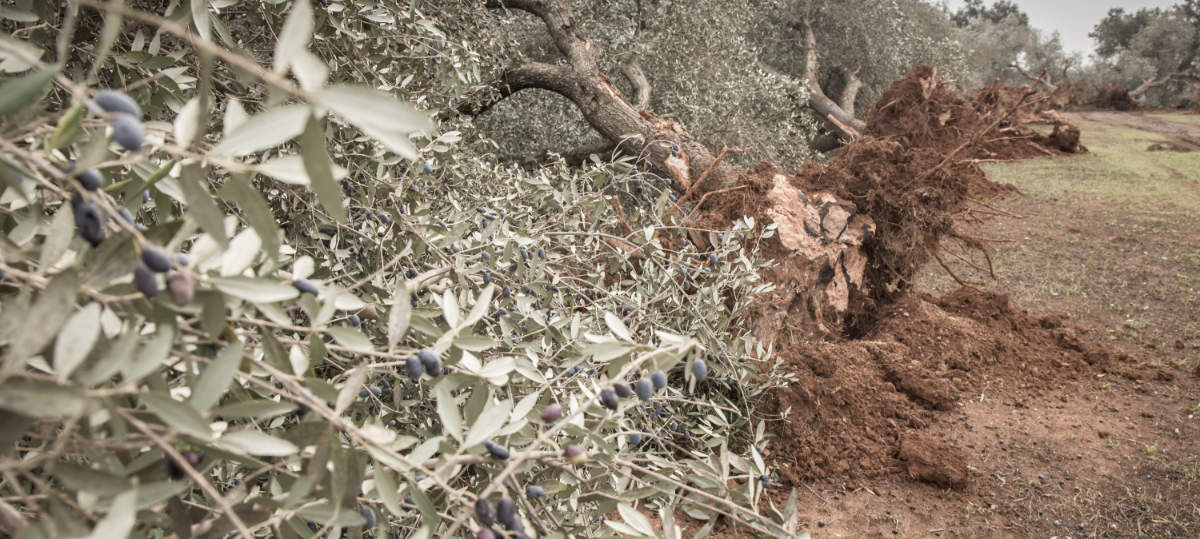Xylella fastidiosa has been branded ‘the foot and mouth’ of the plant world, wiping out olive groves in southern Italy in 2018, while evidence of it has also been found in France, Spain and Germany.
What is Xylella?
The bacteria is known to affect more than 350 different species and reduces plants’ ability to take up water, causing leaf scorch, die back and, in some cases, plant death. The disease can be transmitted by insects, while infected plants may show no symptoms until it’s too late.
Under EU regulations which still apply to the UK until the end of 2020, all plant importers have to prove plants have been sourced from Xylella-free areas – but the worry is that it will somehow, at some point, be brought in on imported plants, or a holidaymaker may unwittingly bring an infected plant home from abroad as we exit the coronavirus lockdown and tourism picks up again.
The answer is to buy British where you can – the RHS lists UK nurseries – and avoid susceptible plants, the charity advises.
Recommended: Companion planting tips – how to stop pests ruining your crops.
Choosing Xylella plant alternatives
Garden designers have responded to the challenge by getting creative, using Italian sage instead of lavender at the RHS Malvern Spring Festiva,l and holm oak and pomegranate instead of olive at Chelsea.
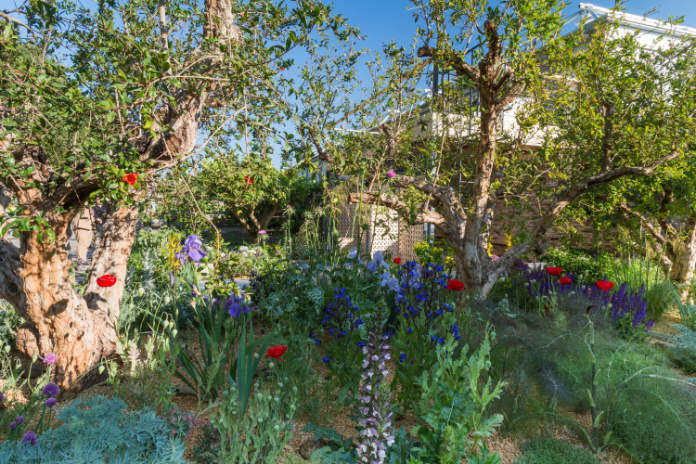
Here, the RHS suggests inspiring planting alternatives to the high-risk types, to help protect your garden for the future…
Instead of lavender and rosemary – use Afghan sage and rock roses
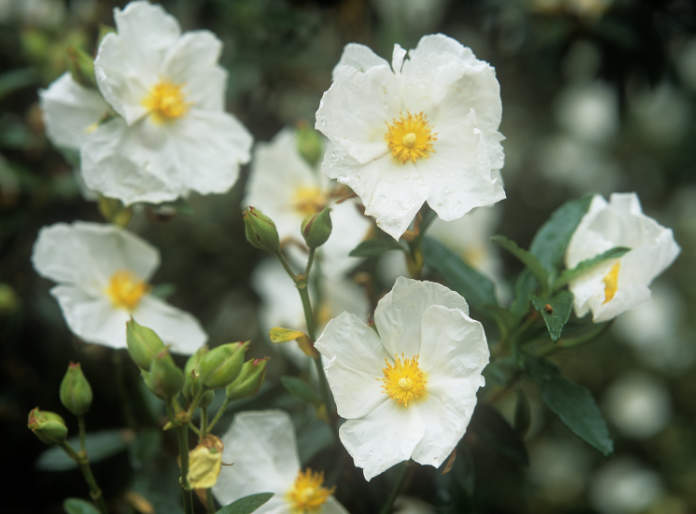
Most lavender and rosemary are propagated and grown in Britain, but for early sales, many are imported from southern Europe. Buying larger plants for summer or, better, autumn planting is an alternative if the garden centre cannot assure you that their plants are British-grown, the RHS advises.
Reduce the risk by planting a broader range of Mediterranean-type drought-resistant sun-lovers, such as Afghan sage (Perovskia ‘Blue Spire’), Jerusalem sage (Phlomis fruticosa) and rock roses (Cistus, such as Cistus x purpureus).
Instead of hebe – use Caryopteris clandonensis and Abelia x grandiflora
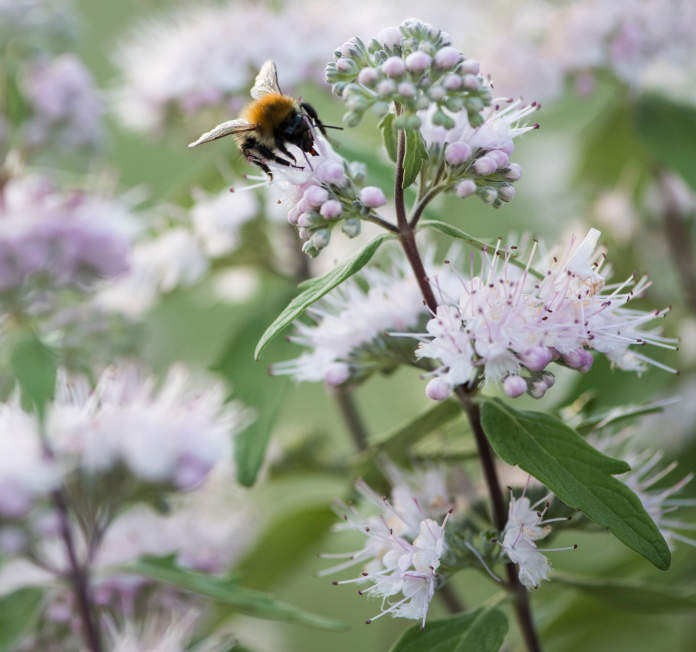
Hebe are popular evergreen shrubs, with many smaller cultivars ideally suited to smaller gardens and especially valuable in providing colour in late summer. Most will be grown in Britain, but it is not always possible to exclude those from other sources. Other late-summer alternatives include Caryopteris clandonensis ‘Heavenly Baby’, Clethra alnifolia ‘Hummingbird’ and Abelia x grandiflora.
One reason British gardeners embrace hebe, lavender and rosemary is the great ease of striking them from cuttings of non-flowering ‘semi-ripe’ shoots taken in late summer, and rooted in gritty compost and covered by a plastic bag. If you have healthy plants, it is easy to raise more with low risk to the environment.
Recommended: How to get get rid of 3 common garden weeds.
Instead of olives – use Elaeagnus x ebbingei and Phillyrea angustifolia
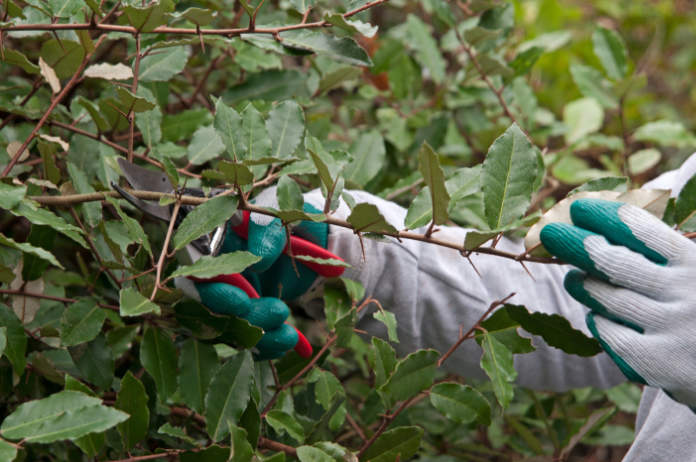
Olives have been the hardest hit by Xylella in Italy. They grow so slowly in Britain and are unreliably hardy in northern regions. Quicker growing and hardier alternatives include Elaeagnus × ebbingei, Phillyrea angustifolia, Rhamnus alaternus and (deciduous) Elaeagnus ‘Quicksilver’.
Instead of polygala – use glory bush and glory pea
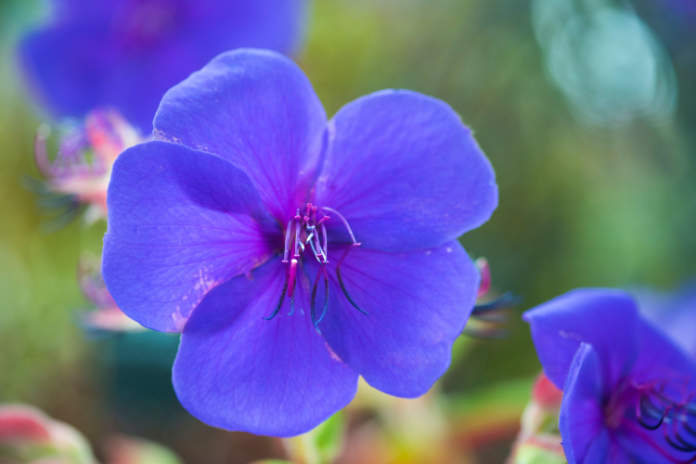
Polygala is a lovely conservatory plant, but instead, try glory pea (Clianthus puniceus) with brilliant red flowers, glory bush (Tibouchina urvilleana) carrying violet purple flowers, and crimson threadflower (Caesalpinia gilliesii), whose yellow flowers have long crimson thread.
Instead of oleander – use Abutilon and marguerite (Argyranthemum)
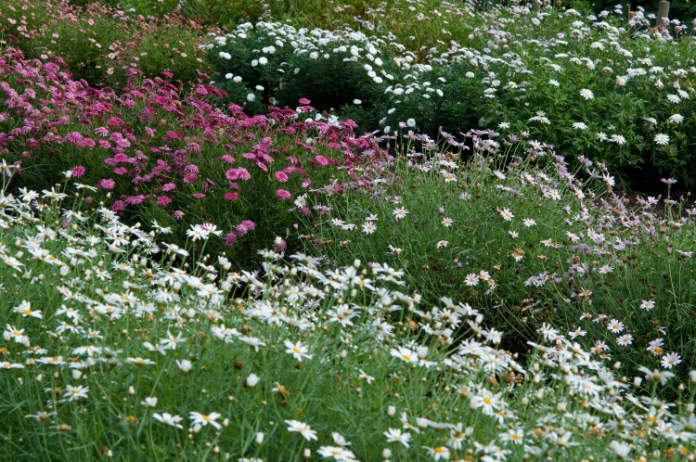
Oleander, a potentially poisonous plant, is mainly a greenhouse or conservatory specimen, which can be put outside on the patio in summer. Alternatives include Abutilon ‘Kentish Belle’ and marguerite (Argyranthemum).
Instead of cherry and plum trees (Prunus ssp) – use pyracantha
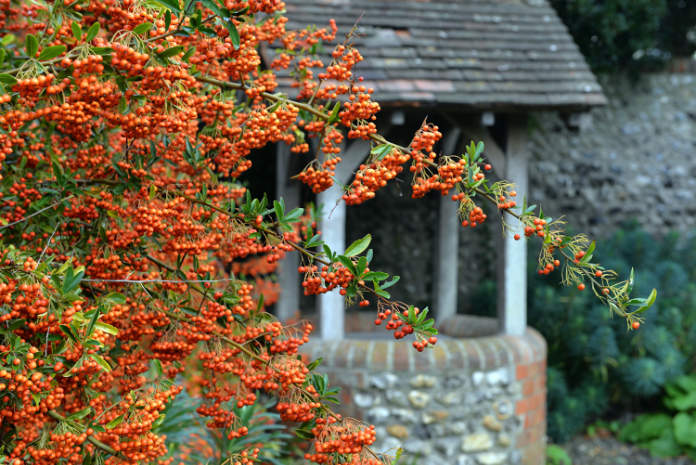
Prunus or cherry family trees and shrubs are a mainstay of British gardens but for future-proofing, some interesting and reliable alternatives might be considered in making new plantings. Try Drimys winteri, Osmanthus × burkwoodii and the ultra-reliable pyracantha.
Instead of Spanish broom – Moroccan broom and Cytisus x praecox ‘Allgold’
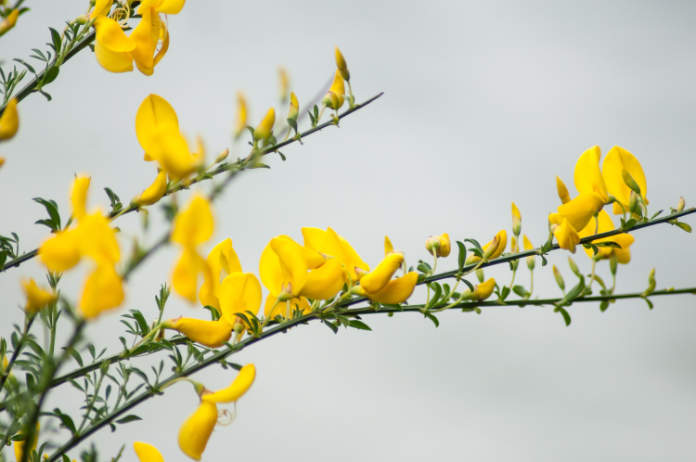
We all know Spanish broom, with its zingy yellow flowers, is a useful plant for wilder, dry gardens. You can raise it easily from seed, so gardeners don’t need to buy it as plants. But if you don’t want to sow seed, think about alternatives such as Moroccan broom (Argyrocytisus battandieri ), Warminster broom (Cytisus × praecox ‘Warminster’) and Cytisus × praecox ‘Allgold’.
Recommended: The best ground cover plants to prevent weeds in your garden.























































